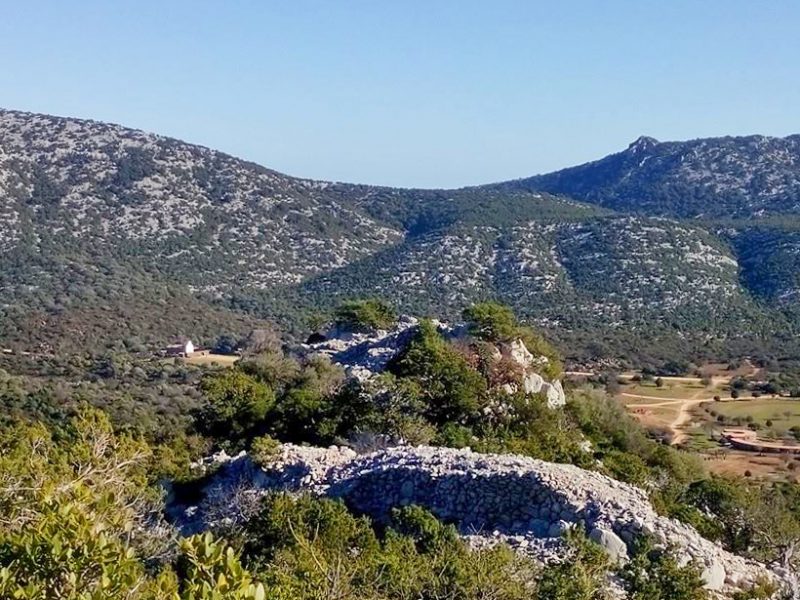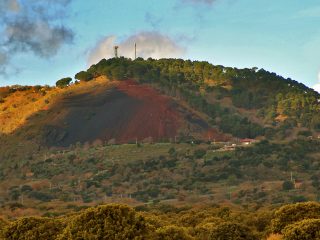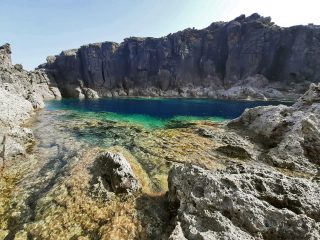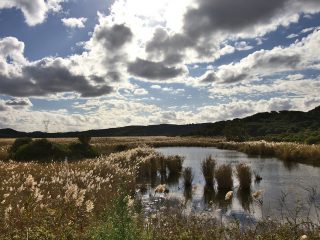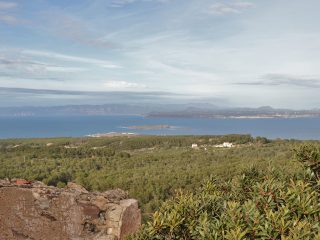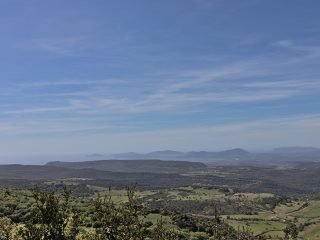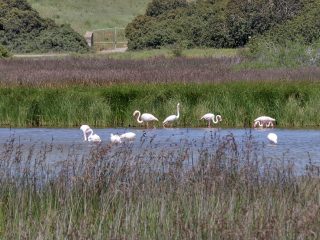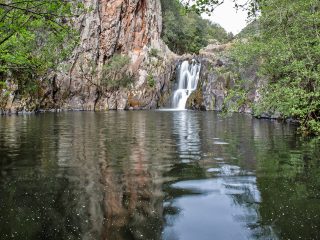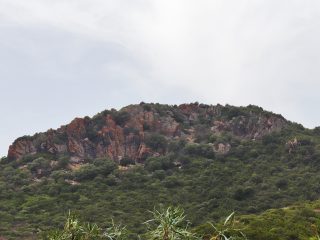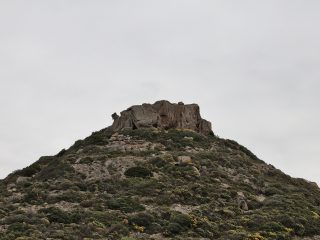The Altopiano del Golgo can be found in the municipal area of Baunei, in the magnificent province of Ogliastra. This basaltic plateau offers a unique landscape with a wealth of invaluable nature and archaeology. It is also the starting point for a number of picturesque paths and walks.
The site is located right inside the Supramonte di Baunei, north of the small mountain village. It is an area of natural beauty where basaltic rock meets with limestone, covered in juniper bushes, holm oak and other species of Mediterranean scrub. The area is also well known for being home to different species of wild animals.
The “Voragine del Golgo” (Chasm of Golgo), a natural monument which goes by the name of Su Sterru or S’isterru, meaning “cavity” or “sinkhole” can also be found on the plateau.
The chasm is currently the deepest single-span chasm in Europe. The opening stands at a height of approx. 380 m a.s.l. and its deepest point sits at a depth of 110 m a.s.l.
The first part of the cavity, for a stretch of around 26 m is dominated by basaltic rock, deriving from cooled volcanic lava. It then continues through carbonic rock which is typical of the Gulf of Orosei. The chasm widens at this stretch to a diameter of around 25 m then opens up at the bottom in a chamber with a breadth of around 40 metres.
Speleology enthusiasts will find unusual features in this formation. Indeed, its origin can be explained over several stages linked to karstic phenomena, which smoothed the cavity between the carbonic rocks in the Mesozoic era. This was followed by crumbling phenomena of the basaltic rock in the Plio-Pleistocene period, which revealed the entrance to the chasm at the top.
Another characteristic element in the area, on the eastern side of “Baccu Dolcolce”, is the “Maschera di Pietra” (Stone Mask), also known as “Faccia Litica” (Lithic Face).
It is a basaltic wall standing about 10 m high which, when observed from a particular point on the pathway above, reveals the features of a human face, with eyes, nose and lips. This is the result of natural erosion and the work of atmospheric agents.
The “Maschera di Pietra” can easily be reached along a path that starts from the clearing at the “Rifugio”, thanks to juniper wood “steps” which provide a safe means of tackling the escarpment running along the rocky wall.
The site can be reached easily from Baunei, by following the signs for “Su Sterru – Il Golgo”.
The area also houses a number of archaeological findings such as Nuragic wells and the rural church of San Pietro al Golgo.


